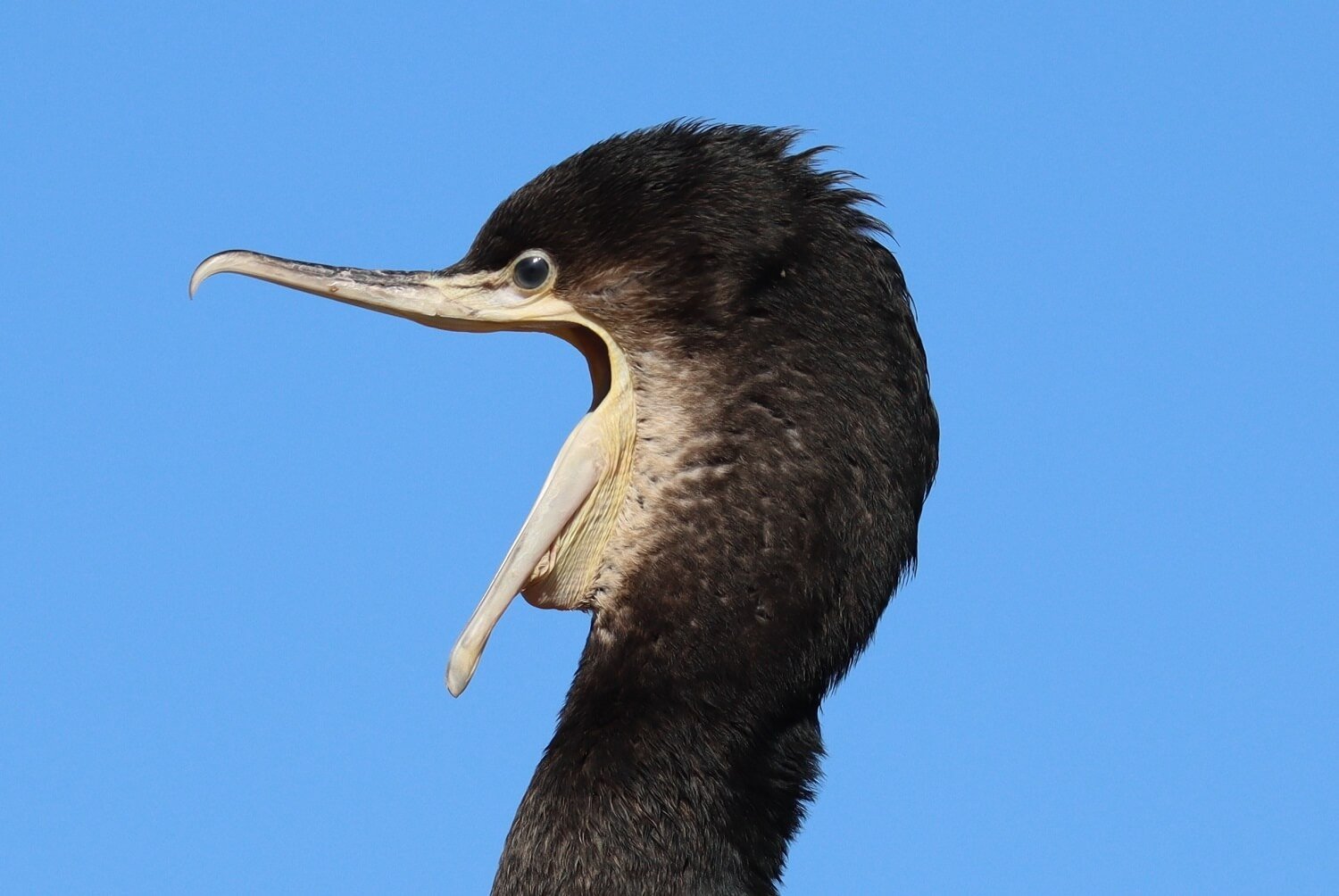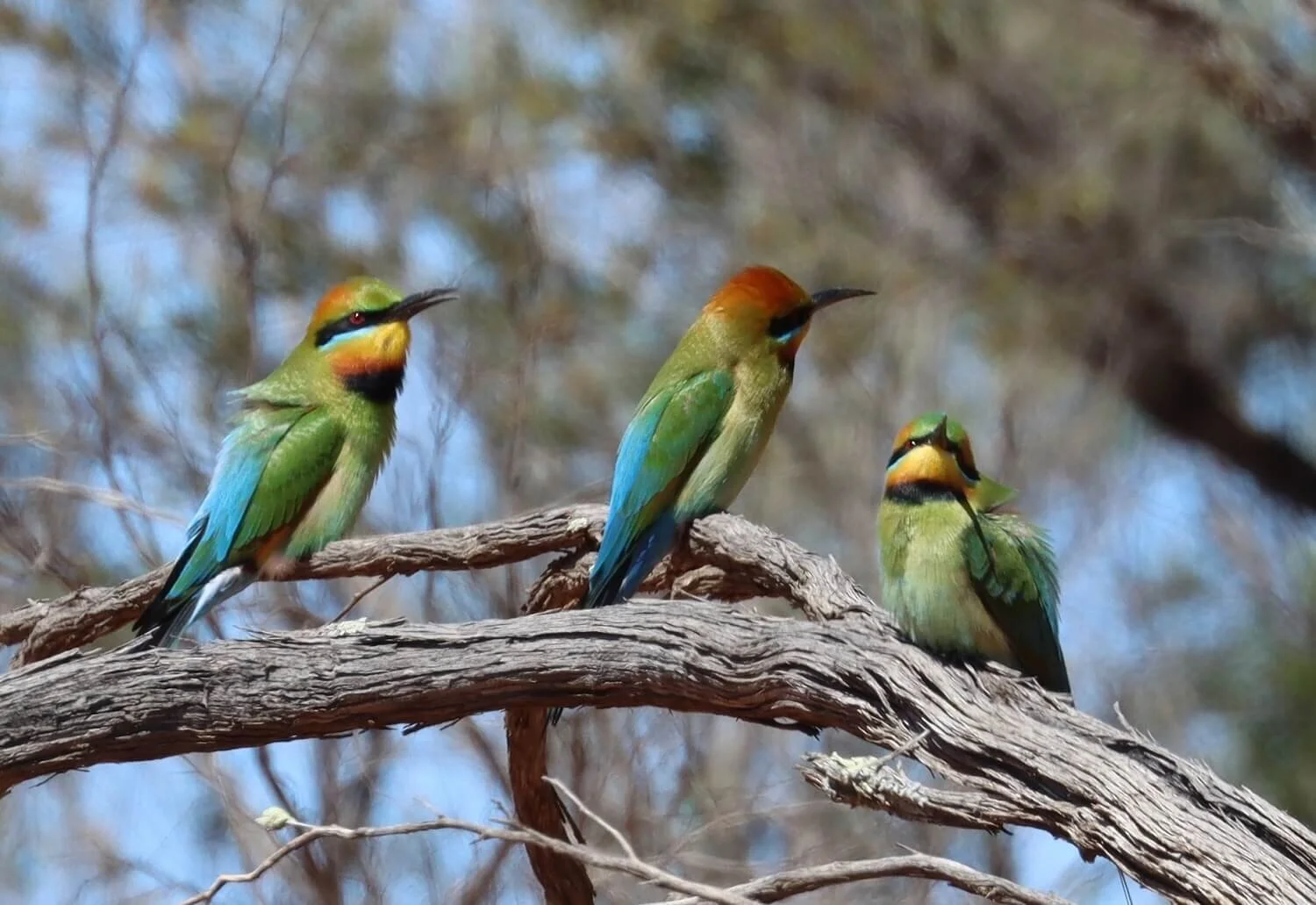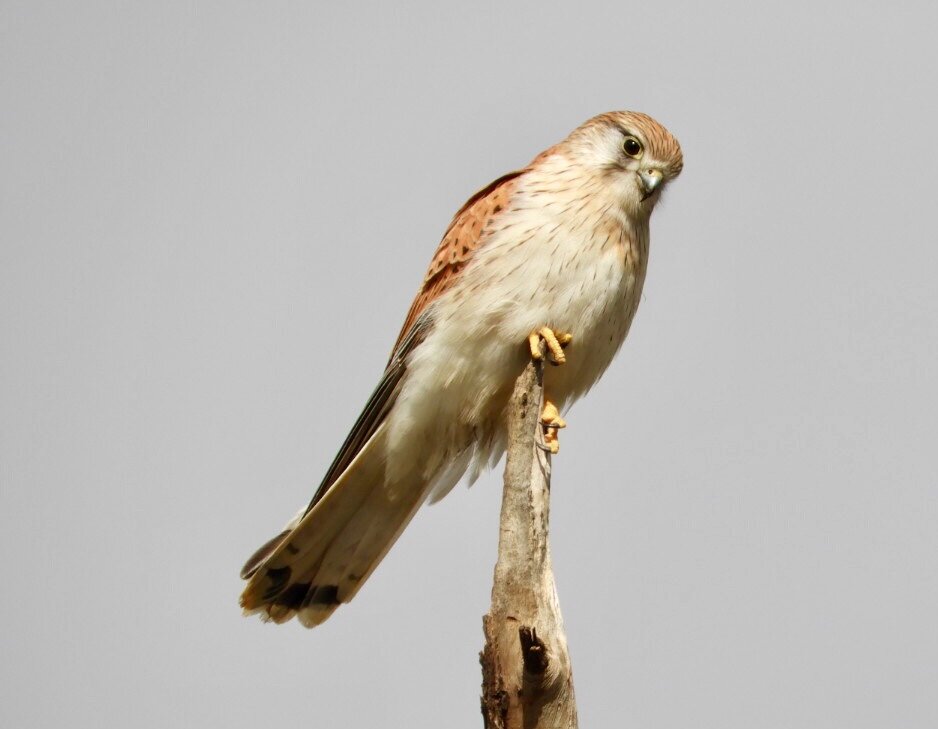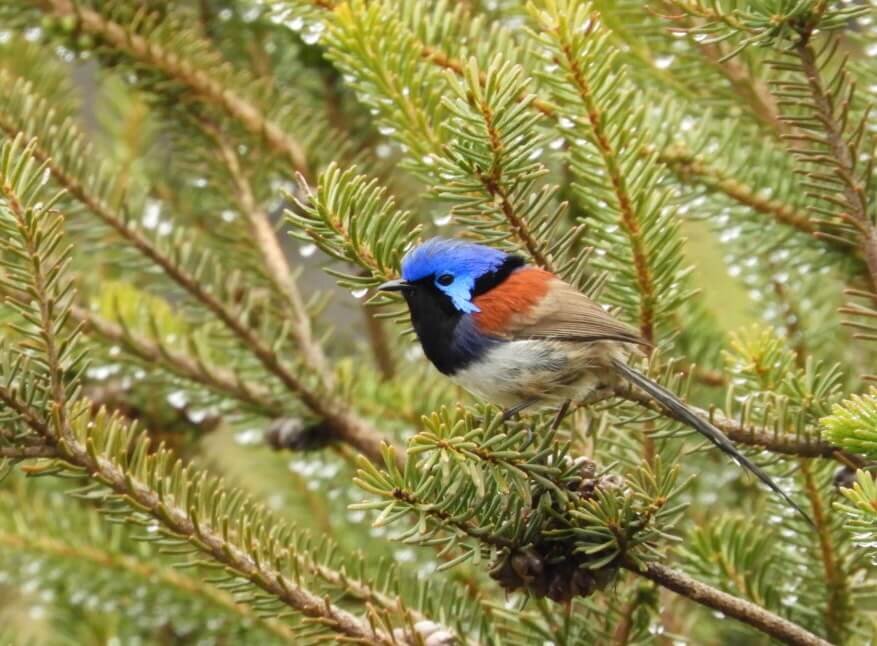Animals of Raakajlim

Mildura Ogyris butterfly
Invertebrates
We look after possibly the largest population of the Mildura Ogyris butterfly in the world!
Ogyris butterflies have a strange, ancient and highly specialised association with ants. The Mildura Ogyris is myrmecophagous (ant-eating), relying on a single species of large nocturnal sugar ant: Camponotus terebrans. The butterfly eggs are deposited near the entrance to the ant nest and the entire butterfly larval stage is completed within the nest as a predator of immature ants.

Splendid Fairywren
Birds
The diversity of birds on Raakajlim, over 100 species, includes the nationally threatened Regent Parrots, which visit daily throughout Spring and Summer. They feed on wattle and saltbush seeds. Raakajlim is within 5 km of nesting sites along the Murray River, making it a key location to support breeding colonies of the parrot.
We regularly see Pink Cockatoos (threatened in Victoria) which nest nearby, are visited by a White-bellied Sea Eagle and dozens of colorful parrots and wrens. We monitor birds quarterly for Birdlife Australia.

Red kangaroos
Reptiles and mammals
We have not undertaken any surveys for native animals, but we would expect similar mammals to those found in Hattah Kulkyne National Park: Mitchells Hopping Mice, Little Pygmy Possum, Mallee Ningaui, Fat-tailed Dunnart. In only one night with an anabat call-recording logger, we identified seven species of bat.
We have had chance encounters with a dozen or so species of reptiles - lots of lizards!
We have invited a few emus to live on Raakajlim. Job description: “Eat, walk and poo”. And now we have giant Quandong-filled poo all over the place!
Here is a bird list for Raakajlim, as well as lists of birds you can expect to see in the Victorian Mallee.
I didn’t think I would be ever be sharing photos of ducks on Raakajlim Creek. A truly extraordinary flooding event.
Bee-eaters are colorful birds that migrate to the southern states in Spring and Summer. How consistent is their early October arrival date?
Finally we have the trifecta of Fairywren photographs! These three beauties are all found on Raakajlim.
Juvenile birds can have odd colors, stripes or weird bits, totally different to the adults, just to make things tricky.
A bird which eats, sleeps, drinks, mates and bathes on the wing and has a strange affinity with radar-shielding fluff.
These colorful birds migrate to the southern states in Spring and Summer.
The Little Button-quail bred in the grasslands on Raakajlim in 2020. Very exciting to see them.
The Zebra Finches are here in numbers which means the Porcupine Grass seed is ripe. Porcupine Grass (Triodia scariosa), sometimes called Spinifex, has an interesting story …
Pink Cockatoos can struggle to find a suitable hollow tree. This pair nested in our creekline!
The Purple-backed and Splendid Fairywrens are putting on a show this winter.
We’re trying to establish a colony of Sugar Ants so we can observe how this hero ant raises the caterpillars of the Arid Bronze Azure butterfly.
Dragonflies dragging each other around by the head, psychedelic Damselflies, and an epic battle with a Mudeye.
A rare plant called Boerhavia coccinea, the food plant for the Striped Hawk Moth caterpillar Yeperenye.
My 2021 entry for the threatened species bake-off. The annual baking competition is held just prior to Threatened Species Day on September 7th.
Well, we made it to number seven. But I’m not sure the list of Australian butterflies most likely to go extinct is a list that you want to top.
If you’re a cicada, this is the last thing you’ll see before half of your head is ripped off. This Katydid is a unique example of “aggressive acoustic mimicry”.
This Spider Wasp dragged a Wolf Spider for 55 metres to stash it in her nesting burrow.
Is the colonising flight of thousands of termites a good or a bad thing?
These are the geckos which live on our windows and doors, hunting for moths attracted to the lights.
The sand turds are everywhere in the Mallee and this is one of the beetles responsible!
A 67 year-old mystery has been solved by citizen science and social media, and a lost Jewel Beetle has been rediscovered.
We dug this Pobblebonk out of our vegie patch today. He posed for some photos to show off the identifying features.
On the first day of our Spring bird survey, I couldn’t resist these Stumpytails and Central Bearded Dragons.
Episode 2 of “They’re not all the same skink!”. This glossy, sand-swimming skink was in our vegie patch.
Here is the Arid Bronze Azure butterfly immortalised in cake-form for the Threatened Species Day bake-off.







































